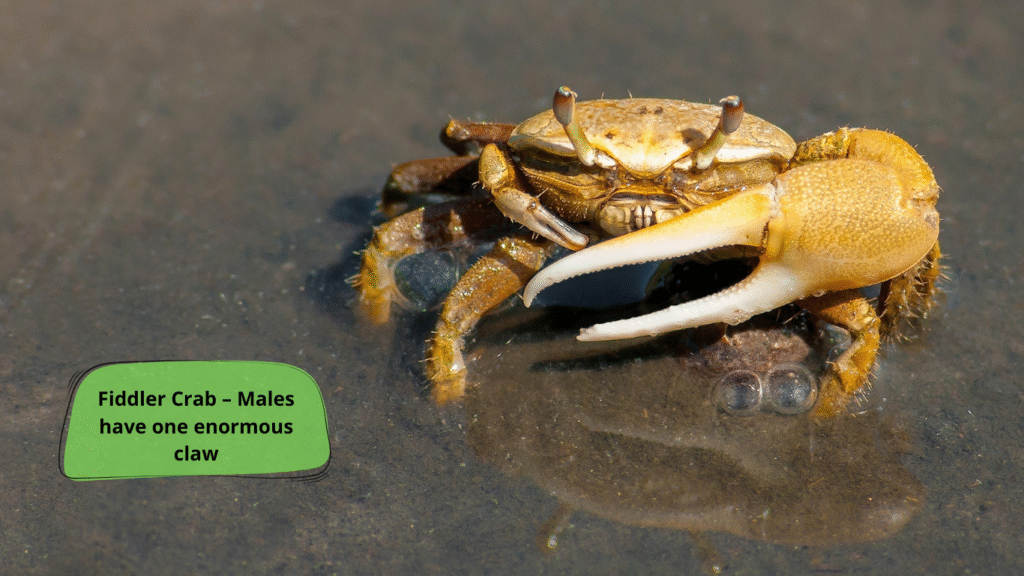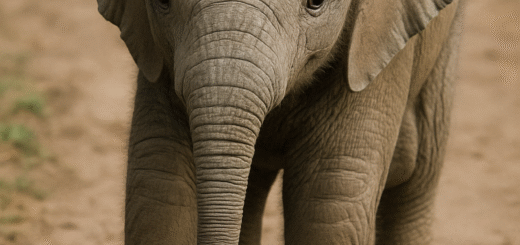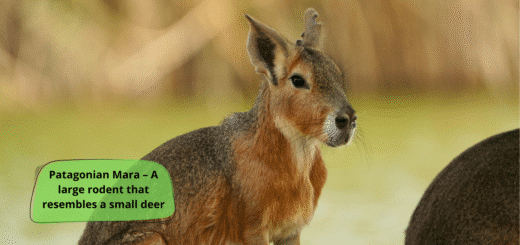Fiddler Crab: The One-Clawed Marvel of the Shoreline
Fiddler crab are some of the most fascinating and adorable creatures you’ll find scuttling along sandy shores and muddy tidal flats. With their iconic oversized claw and quirky behavior, they’ve become a favorite subject for photographers, nature lovers, and marine biologists alike. But what makes the fiddler crab truly special? Let’s dig in.

What Is a Fiddler Crab?
Fiddler crabs (genus Uca) are small crabs commonly found in intertidal zones—areas that are above water at low tide and underwater at high tide. They are named for the males’ giant claw, which resembles a fiddle or violin, and is used for attracting mates and signaling territory, not for fighting.
Key Characteristics
- Size: About 1 to 2 inches across the shell (carapace)
- Color: Varies—can be brown, blue, purple, or reddish
- Habitat: Mudflats, mangroves, salt marshes, and sandy beaches
- Diet: Omnivorous—algae, bacteria, detritus, and small invertebrates
- Lifespan: Around 2 years in the wild
The Famous Claw
The male fiddler crab’s large claw is its most striking feature. Surprisingly, it’s not used for feeding—only the smaller claw handles that job. The big claw serves three main purposes:
- Attracting mates – Males wave their claw to impress females.
- Territorial displays – The waving also warns other males to stay away.
- Communication – The waving can be rhythmic, almost like a dance.
Females, on the other hand, have two small claws and select mates based on claw size, waving speed, and even claw color in some species.
Habitat and Behavior
Fiddler crabs are burrowers, digging holes in the sand or mud for shelter and to stay moist during low tide. They’re highly active during warm, sunny days, emerging in groups to feed and interact.
During high tide, they retreat to their burrows and seal the entrance to avoid predators and rising waters.
Fiddler Crab Reproduction
During mating season, males court females with elaborate claw waves and drumming motions. If a female is impressed, she enters the male’s burrow, where mating occurs. Eggs are later released into the ocean, hatching into planktonic larvae that eventually settle into crabs.
Are Fiddler Crabs Good Pets?
Yes! Fiddler crabs are popular in aquariums for their unique appearance and behavior. However, they do require a brackish water setup, a mix of freshwater and saltwater, and access to dry land. They’re social animals, so keeping a group is ideal.
Pet care tips:
- Provide both land and shallow water
- Maintain a temperature of 75–85°F (24–29°C)
- Feed a varied diet: algae wafers, shrimp pellets, and fresh veggies
Ecological Importance
Fiddler crabs play a vital role in coastal ecosystems. Their burrowing:
- Aerates the soil
- Promotes nutrient cycling
- Provides habitat for other small organisms
They are a food source for birds, raccoons, and fish, making them essential to the coastal food chain.
Final Thoughts
The fiddler crab may be small, but it’s full of personality and ecological importance. From its whimsical claw to its tireless burrowing, this tiny crab is a symbol of resilience and coastal life. Whether you’re observing them in the wild or keeping them in a tank, fiddler crabs are sure to charm you.








